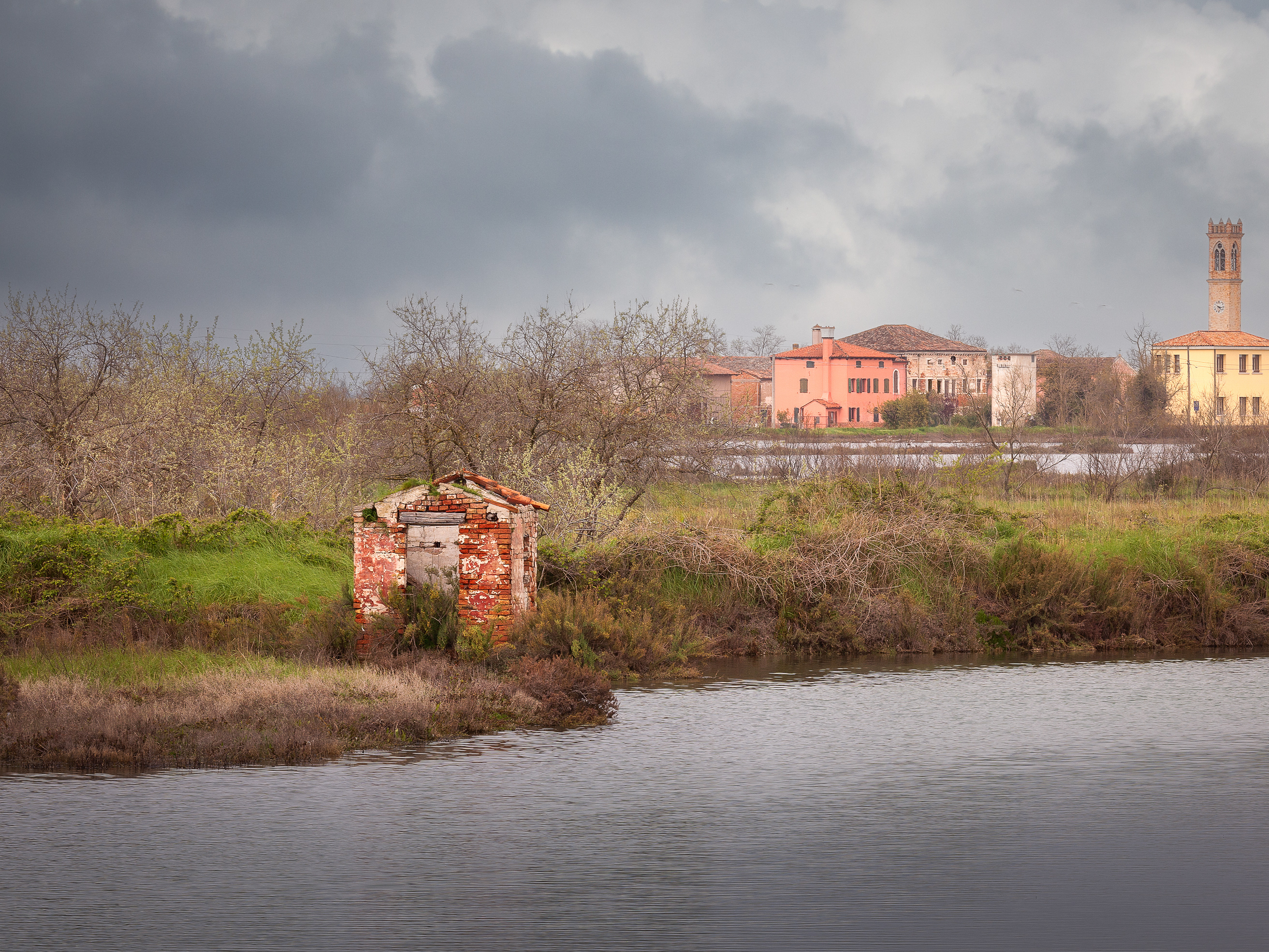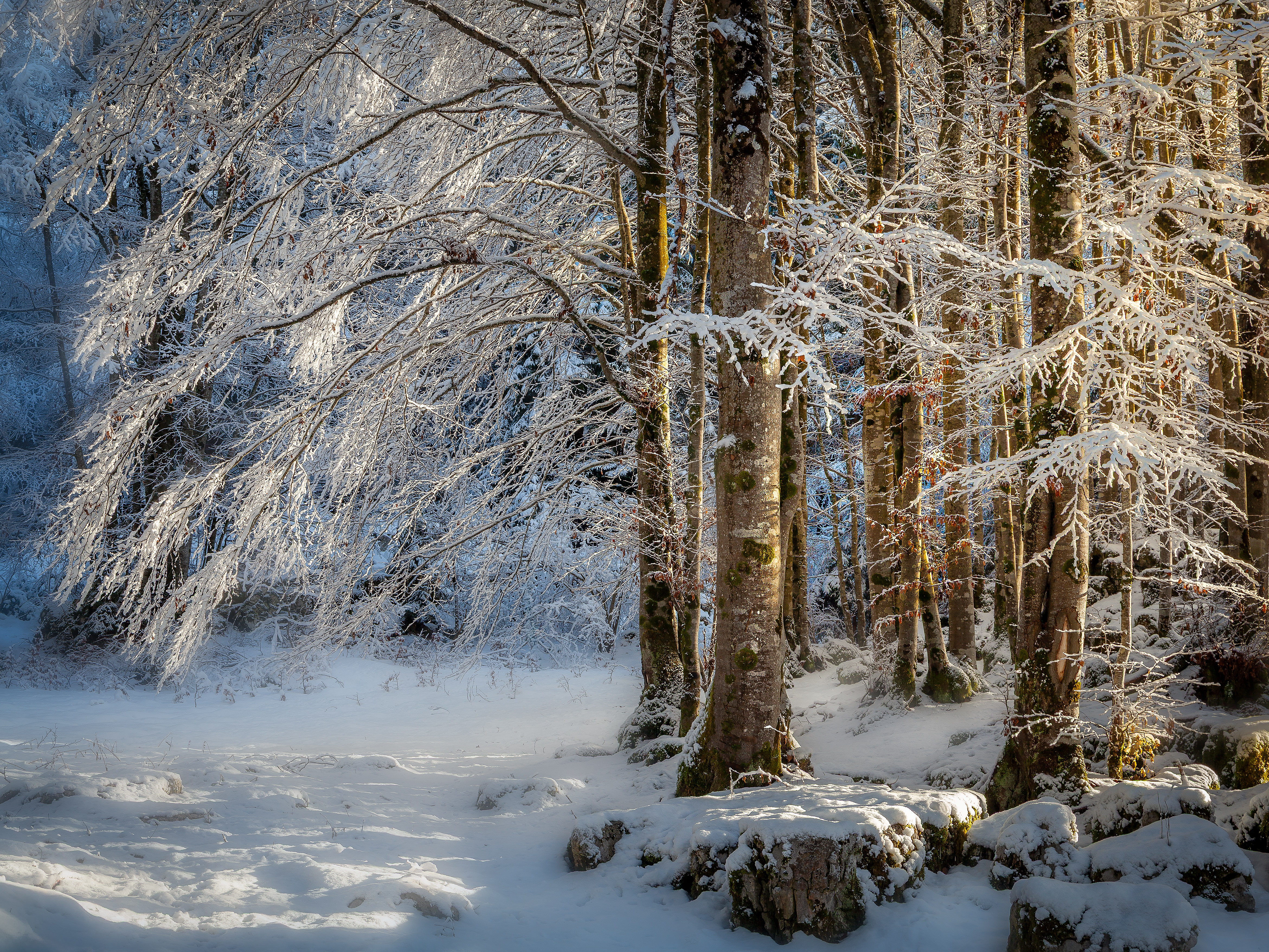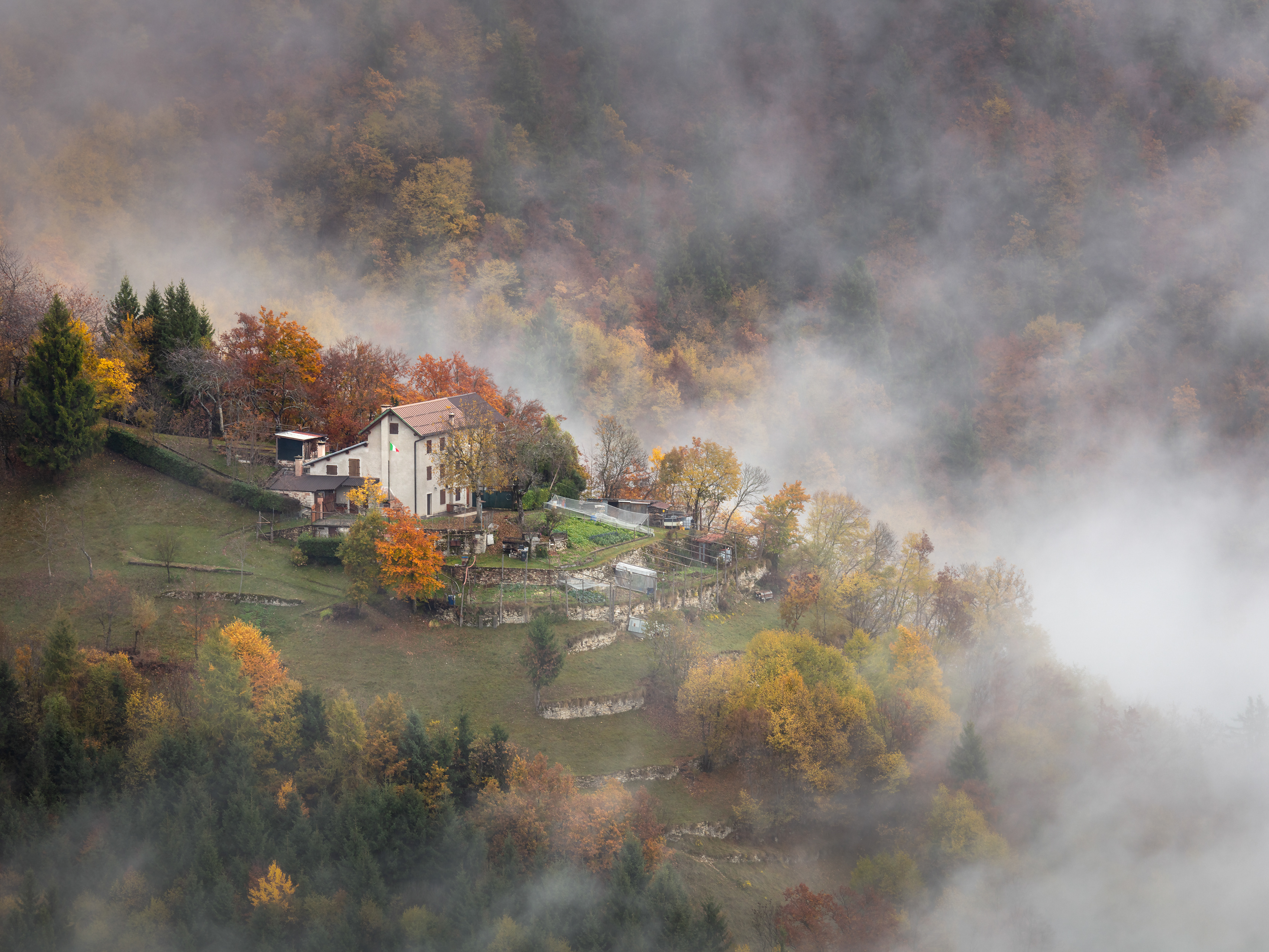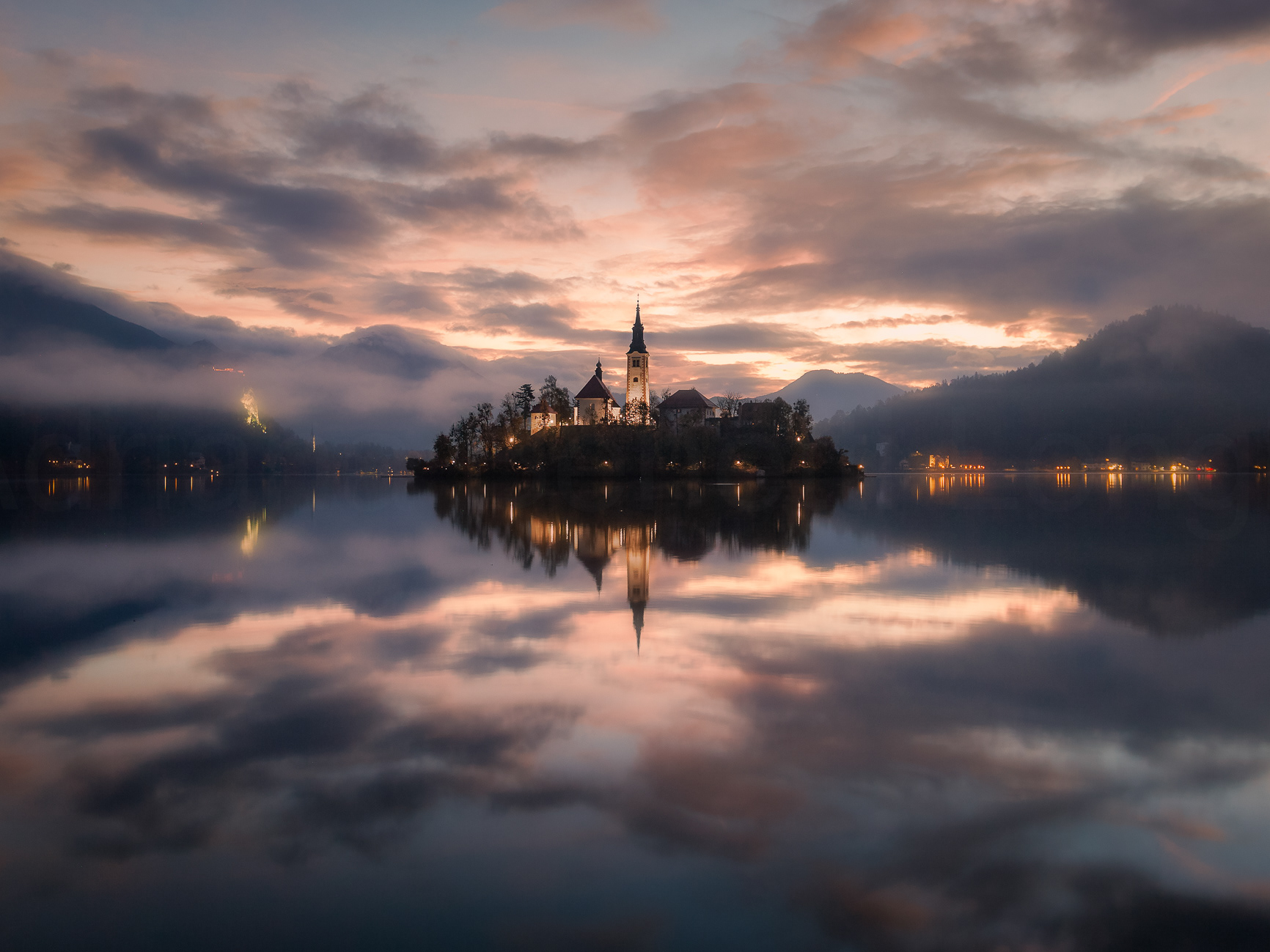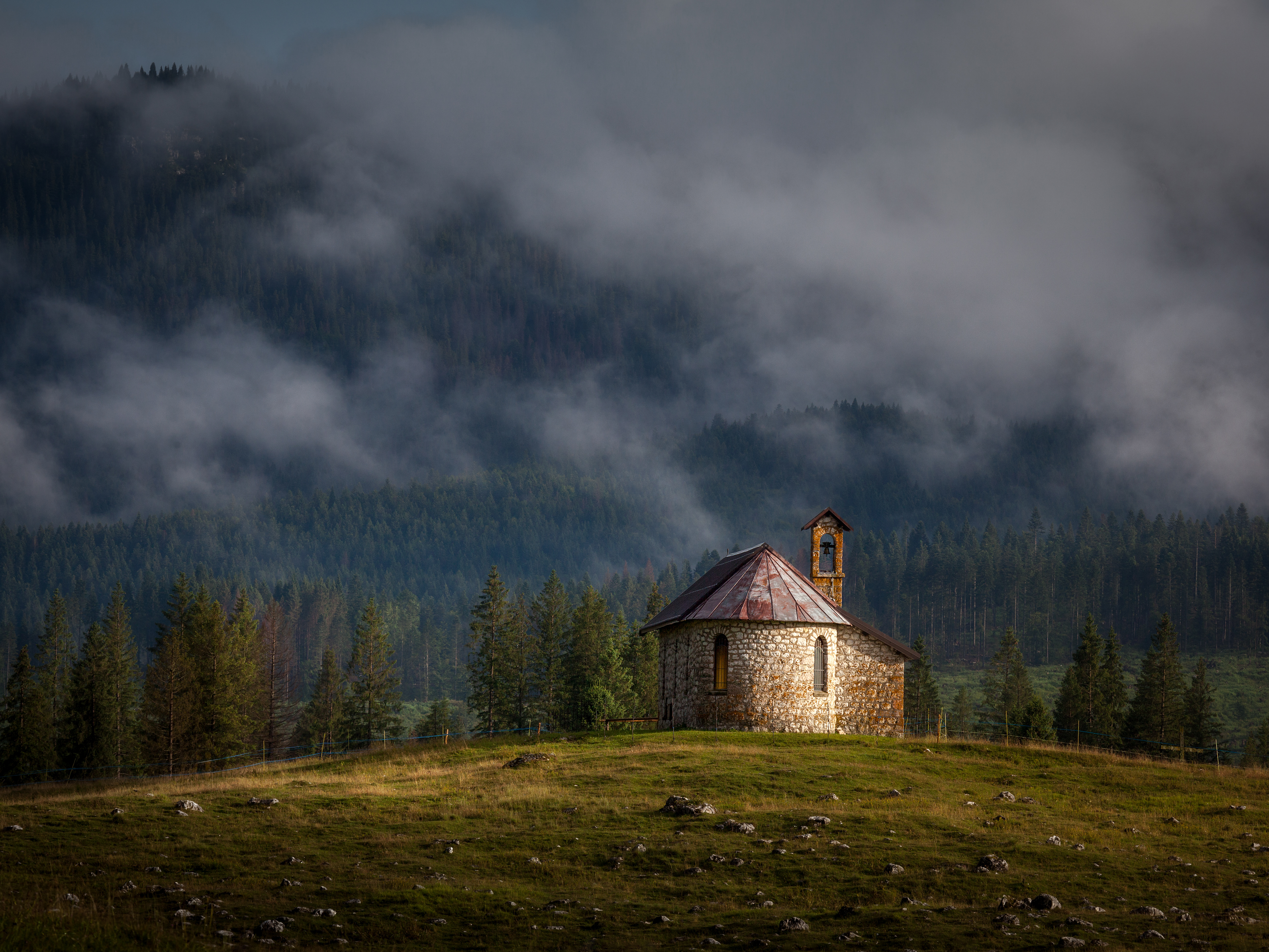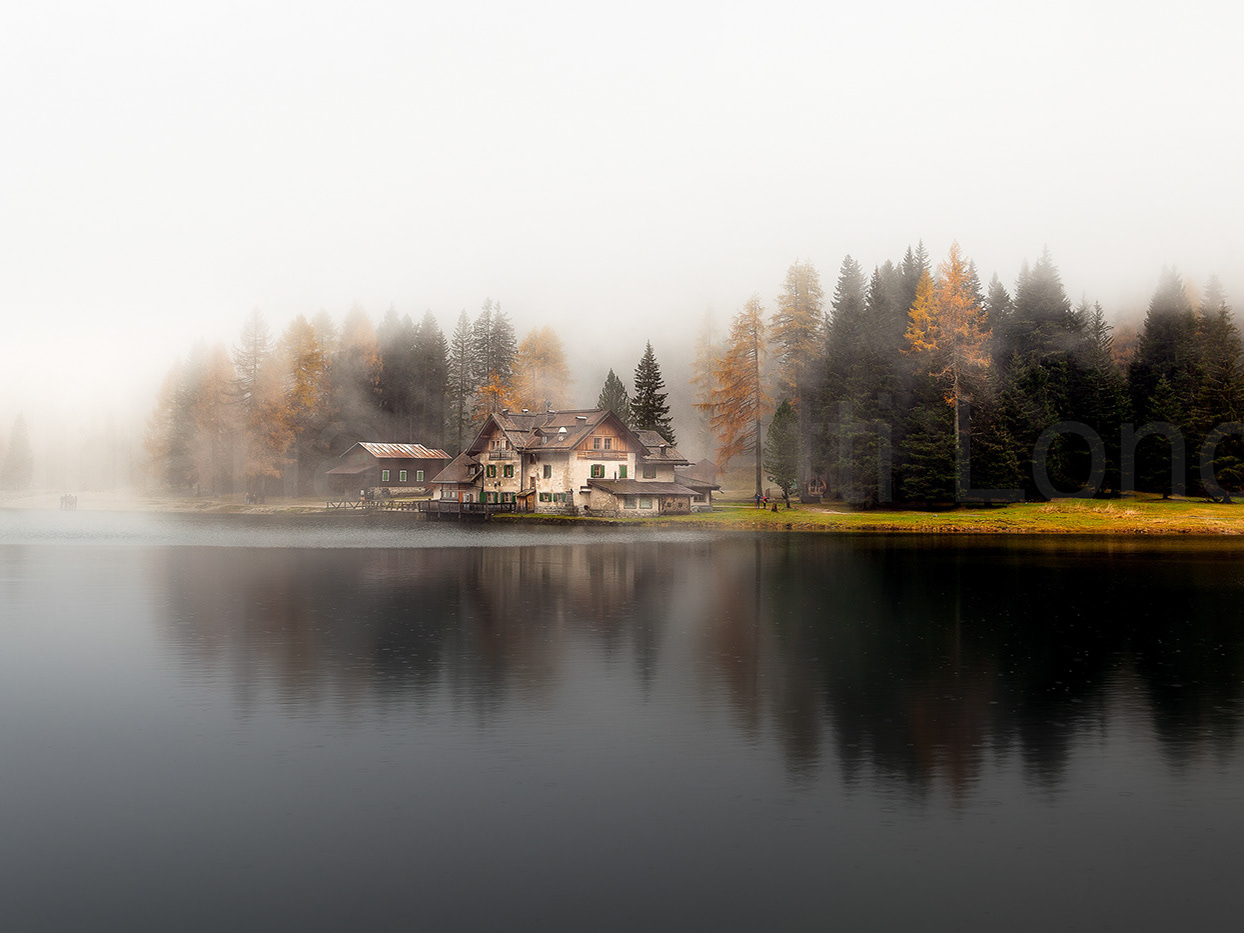Clouds have always been a source of fascination and inspiration for me as a landscape photographer. Their ever-changing shapes, textures, and colours evoke emotions and offer endless opportunities to capture the beauty of the natural world. In this blog, I explore the role of clouds in photography, offering insights and tips for those looking to incorporate these magnificent formations into their creative photographic endeavours.
Le nuvole sono sempre state una fonte di fascino e ispirazione per me come fotografo di paesaggi. Le loro forme, trame e colori in continua evoluzione evocano emozioni e offrono infinite opportunità per catturare la bellezza del mondo naturale. In questo blog, esploro il ruolo delle nuvole nella fotografia, offrendo approfondimenti e suggerimenti per coloro che cercano di incorporare queste magnifiche formazioni nelle loro fotografie.
Ullswater Lake, England
The painting of clouds -La pittura delle nuvole
For centuries, artists have turned to clouds to express a range of emotions and depict the natural environment. The ephemeral nature of clouds, their ability to transform and drift across the sky, makes them powerful symbols in literature and art. They often represent change, introspection, and the passage of time. Whether it's the dark, ominous clouds before a storm or the fluffy cumulus clouds on a sunny day, these formations have been used to set the mood, reflect inner turmoil, or highlight the beauty of the sky. My favourite painter John Constable, who was an eminent English painter of the Romantic period, is celebrated for his landscape paintings, which vividly capture the essence of the English countryside, and is a huge source of inspiration in my genre of photography. Born in 1776, Constable's works often depict rural scenes with an extraordinary attention to natural details, particularly his renderings of clouds. His fascination with meteorology led him to study and meticulously record cloud formations, integrating these observations into his art with remarkable precision and emotional depth.
Per secoli, gli artisti si sono rivolti alle nuvole per esprimere una serie di emozioni e rappresentare l'ambiente naturale. La natura effimera delle nuvole, la loro capacità di trasformarsi e andare alla deriva attraverso il cielo, le rende potenti simboli nella nell'arte. Spesso rappresentano il cambiamento, l'introspezione e il passare del tempo. Che si tratti delle nuvole buie e minacciose prima di una tempesta o delle soffici nuvole di cumulo in una giornata di sole, queste formazioni sono state utilizzate per impostare l'atmosfera, riflettere il tumulto interiore o evidenziare la bellezza del cielo. Il mio pittore preferito John Constable, che era un eminente pittore inglese del periodo romantico, è celebrato per i suoi dipinti di paesaggi, che catturano vividamente l'essenza della campagna inglese, ed è un'enorme fonte di ispirazione nel mio genere di fotografia. Nata nel 1776, le opere di Constable spesso raffigurano scene rurali con una straordinaria attenzione ai dettagli naturali, in particolare le sue rappresentazioni di nuvole. Il suo fascino per la meteorologia lo ha portato a studiare e registrare meticolosamente le formazioni nuvolose, integrando queste osservazioni nella sua arte con notevole precisione e profondità emotiva.



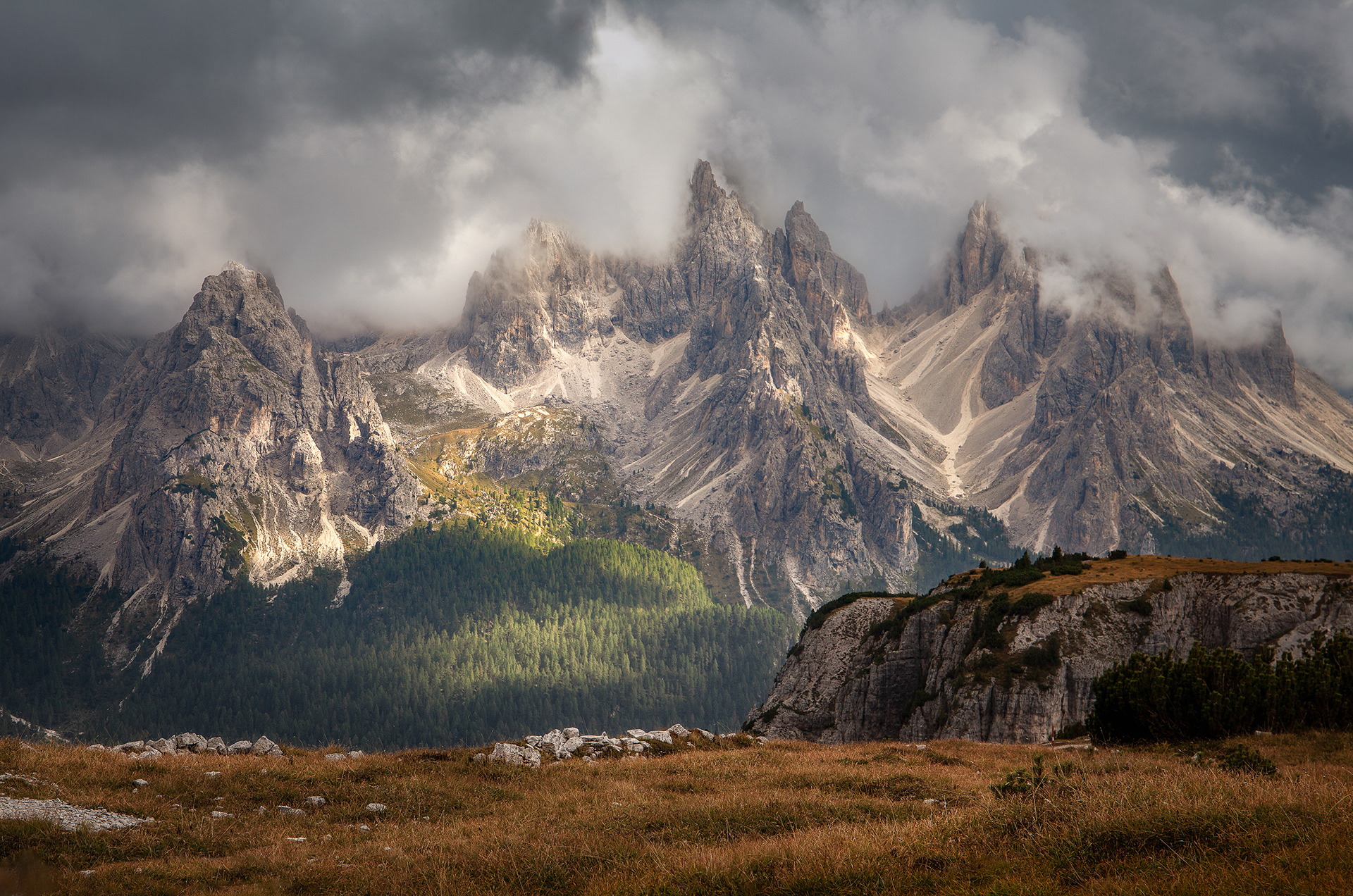
Clouds are a compelling subject in photography due to their dynamic and varied appearances. They can add drama, depth, and mood to landscapes, making them a vital element in many photographers' toolkits. Here are some key aspects and tips for capturing clouds effectively in photography:
Types of Cloud Photography
Landscape Photography: Clouds can enhance landscape photos by adding interest to the sky and balancing the composition.
Cloudscapes: A dedicated genre focusing solely on clouds, often highlighting their forms, patterns, and colors.
Time-Lapse Photography: Captures the dynamic movement of clouds, showing their formation, dissipation, and travel across the sky.
Storm Photography: Capturing clouds in stormy weather can result in dramatic and powerful images, showcasing the raw power of nature.
Le nuvole sono un argomento avvincente nella fotografia a causa del loro aspetto dinamico e vario. Possono aggiungere dramma, profondità e umore ai paesaggi, rendendoli un elemento vitale nei toolkit di molti fotografi. Ecco alcuni aspetti chiave e suggerimenti per catturare le nuvole in modo efficace nella fotografia:
Tipi di fotografia cloud
Fotografia di paesaggio: le nuvole possono migliorare le foto del paesaggio aggiungendo interesse al cielo e bilanciando la composizione.
Cloudscapes: un genere dedicato che si concentra esclusivamente sulle nuvole, spesso evidenziando le loro forme, modelli e colori.
Time-Lapse Photography: cattura il movimento dinamico delle nuvole, mostrando la loro formazione, dissipazione e viaggio attraverso il cielo.
Fotografia di tempesta: catturare le nuvole in caso di tempo tempestoso può risultare in immagini drammatiche e potenti, mostrando il potere della natura.
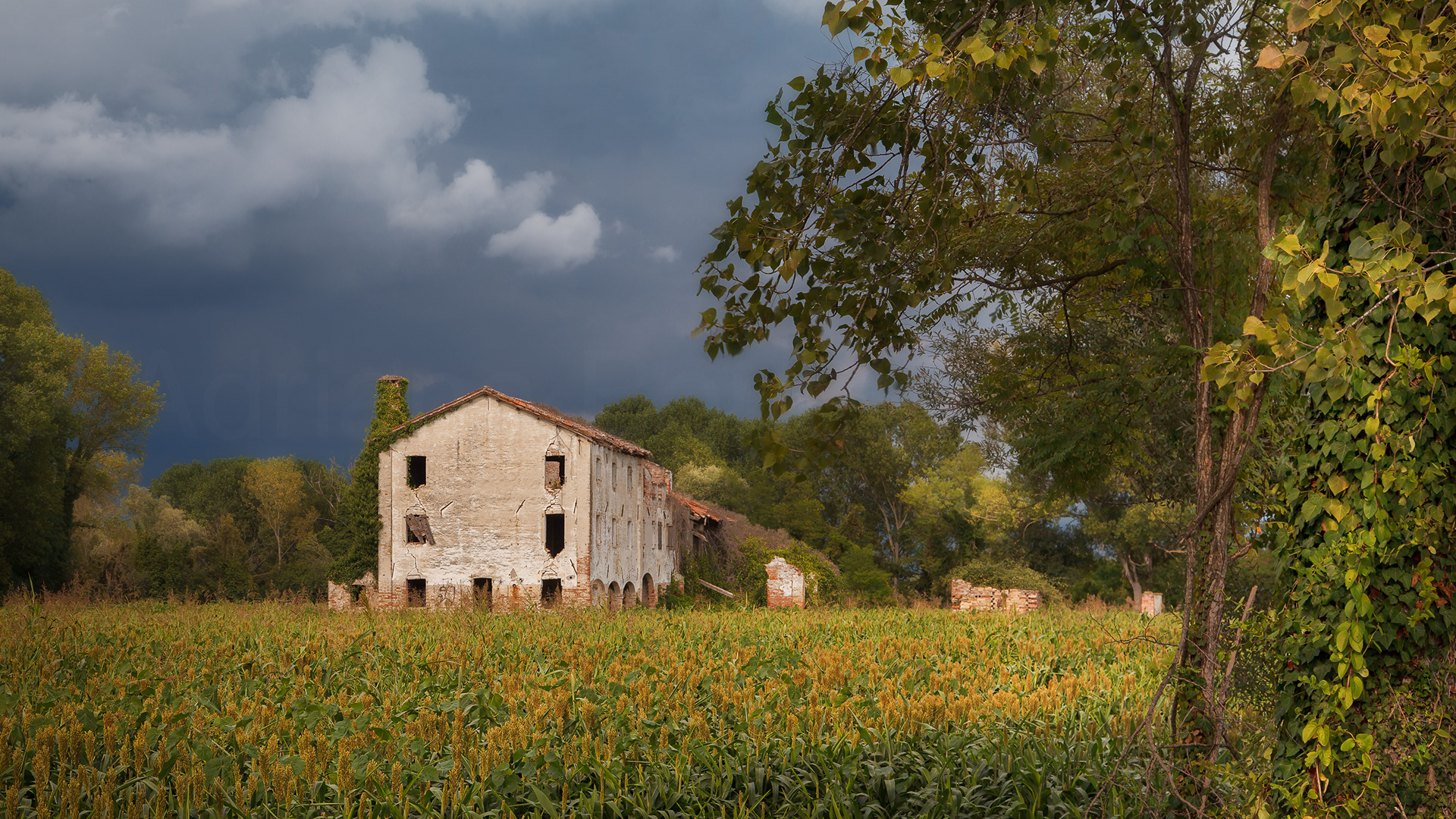
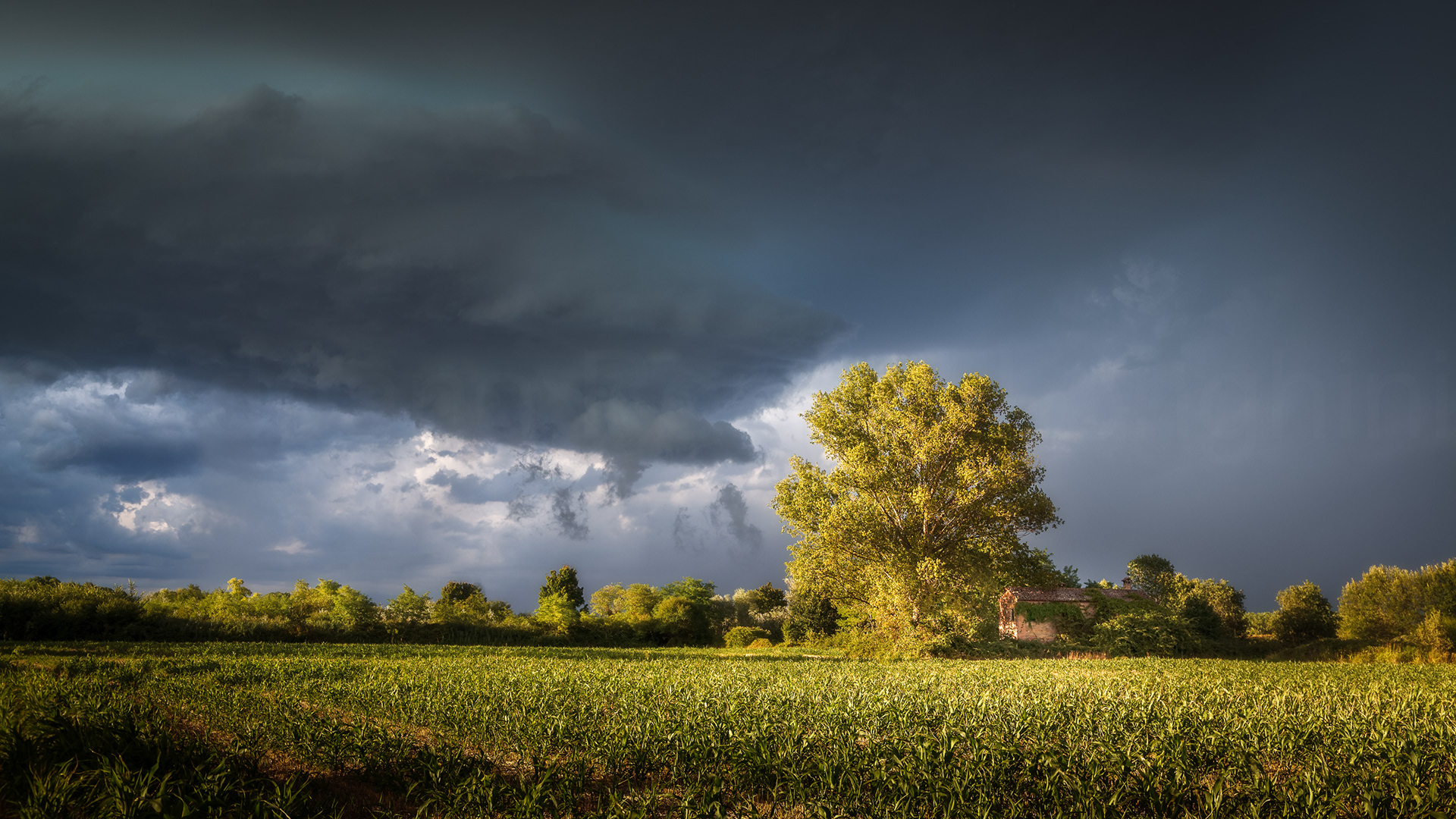
Tips for photographing clouds - Suggerimenti per fotografare le nuvole
Understand Weather Patterns:
Knowing how different weather conditions affect cloud formations can help you anticipate the best times to shoot. For example, cumulus clouds often form on sunny days and can add depth to your images, while stratus clouds create a more subdued, overcast atmosphere.
Time of Day:
Golden Hour: Shortly after sunrise and before sunset, the low angle of the sun casts long shadows and highlights the textures and colors of clouds.
Blue Hour: Just before sunrise and after sunset, this period can create a serene and moody atmosphere with deep blue skies and contrasting clouds.
Comprendere i modelli meteorologici:
Sapere come le diverse condizioni meteorologiche influenzano le formazioni nuvolose può aiutarti ad anticipare i momenti migliori per scattare. Ad esempio, le nuvole di cumulo si formano spesso nelle giornate di sole e possono aggiungere profondità alle tue immagini, mentre le nuvole di strato creano un'atmosfera più sossata e nuvolosa.
Ora del giorno:
Ora d'oro: poco dopo l'alba e prima del tramonto, l'angolo basso del sole proietta lunghe ombre ed evidenzia le trame e i colori delle nuvole.
Ora blu: poco prima dell'alba e dopo il tramonto, questo periodo può creare un'atmosfera serena e lunatica con cieli blu profondi e nuvole contrastanti.
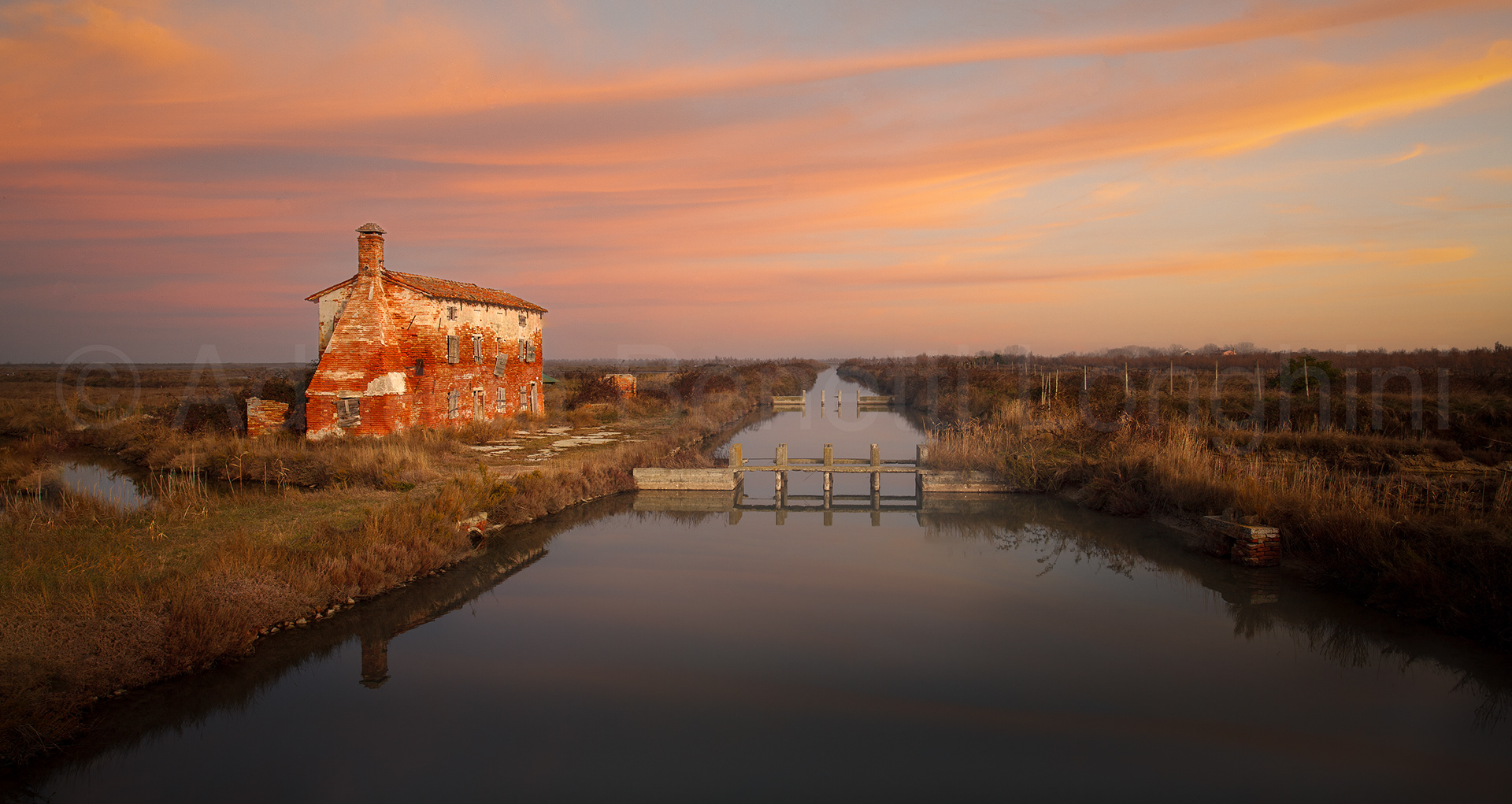
Use of Filters:
Polarizing Filters: Reduce glare and enhance the contrast between clouds and the sky.
Neutral Density (ND) Filters: Allow for longer exposures, creating smooth, flowing effects in moving clouds.
Composition:
Rule of Thirds: Place the horizon either in the lower third or upper third of the frame to balance the sky and land.
Leading Lines: Use natural lines in the landscape to draw the viewer’s eye towards the clouds.
Foreground Interest: Include elements in the foreground to add depth and context to the cloud-filled sky.
Filtri polarizzanti: riduce l'abbagliamento e migliora il contrasto tra le nuvole e il cielo.
Post-Processing:
Contrast and Clarity: Enhance contrast and clarity to bring out the details and textures in the clouds.
Color Adjustment: Adjust white balance and color tones to emphasize the mood of the scene, whether it’s warm and golden during sunset or cool and mysterious during a storm.
Uso dei filtri:
Filtri polarizzanti: riduce l'abbagliamento e migliora il contrasto tra le nuvole e il cielo.
Filtri a densità neutra (ND): consentono esposizioni più lunghe, creando effetti fluidi e fluidi nelle nuvole in movimento.
Composizione:
Regola dei terzi: posiziona l'orizzonte nel terzo inferiore o nel terzo superiore dell'inquadratura per bilanciare il cielo e la terra.
Linee iniziali: usa le linee naturali nel paesaggio per attirare l'occhio dello spettatore verso le nuvole.
Interesse in primo piano: includi elementi in primo piano per aggiungere profondità e contesto al cielo pieno di nuvole.
Filtri polarizzanti: riduce l'abbagliamento e migliora il contrasto tra le nuvole e il cielo.
Post-elaborazione:
Contrasto e chiarezza: migliora il contrasto e la chiarezza per far emergere i dettagli e le trame nelle nuvole.
Regolazione del colore: regola il bilanciamento del bianco e i toni del colore per enfatizzare l'umore della scena, che sia calda e dorata durante il tramonto o fresca e misteriosa durante una tempesta.
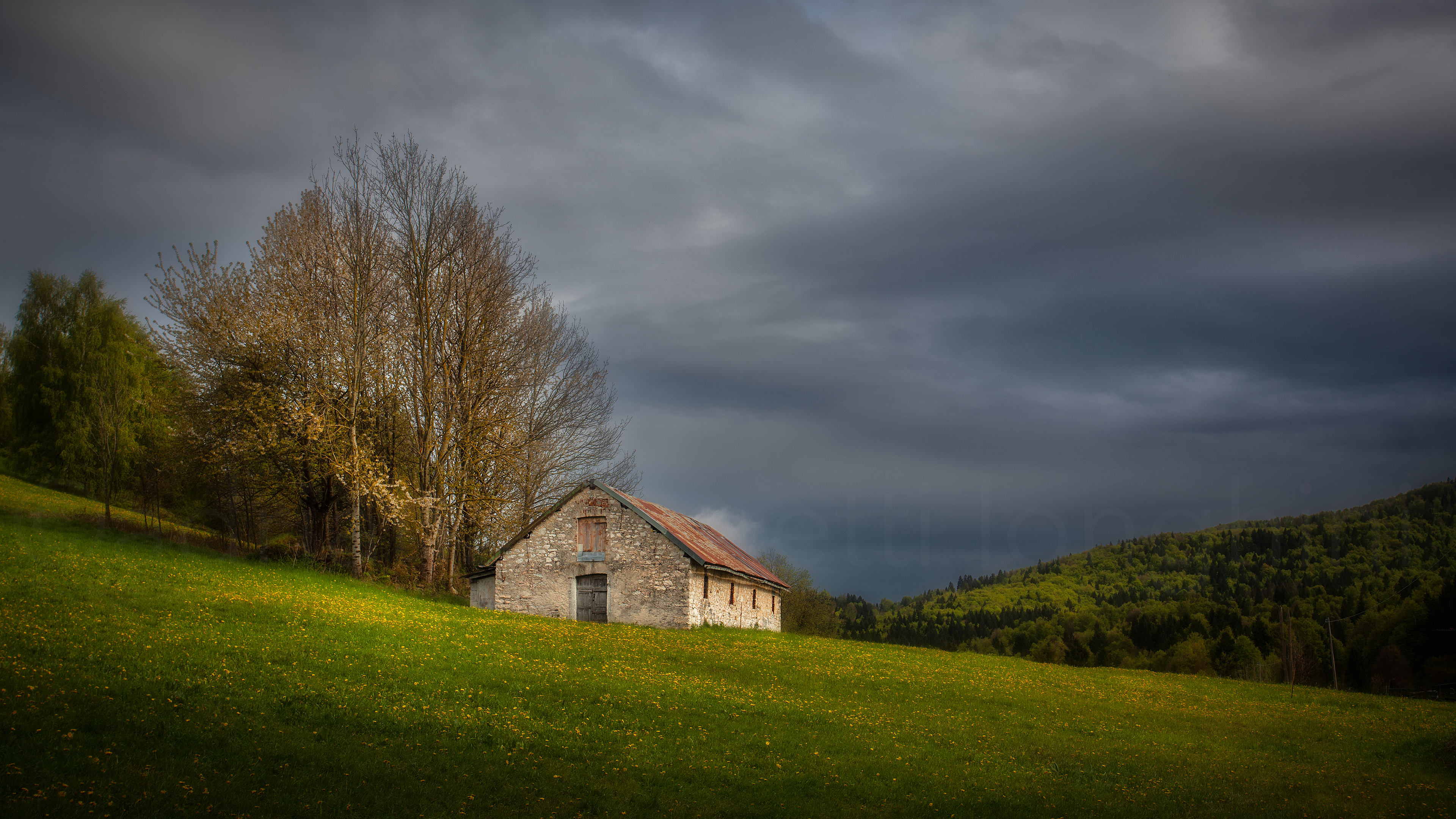
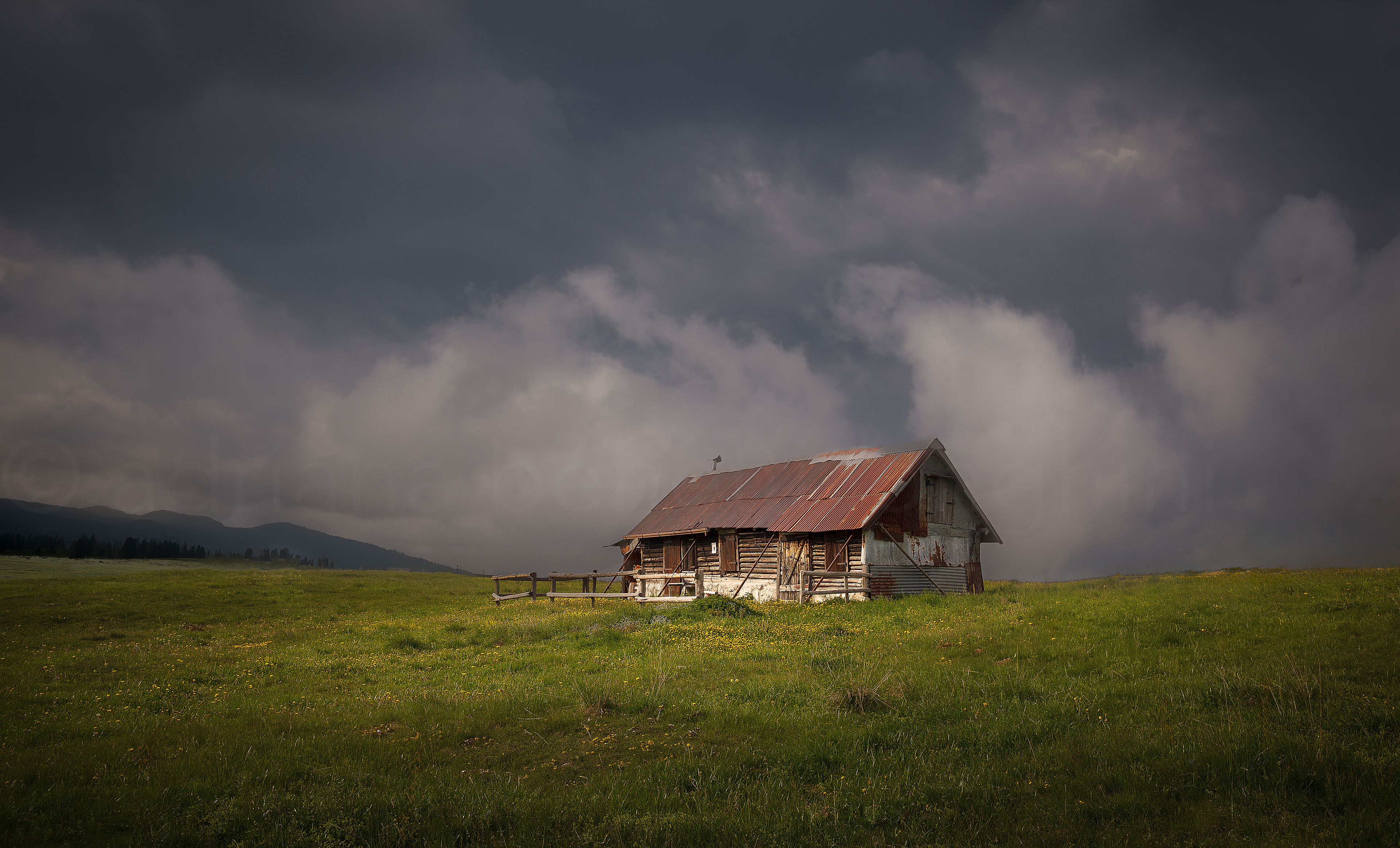
Conclusion - Conclusione
Clouds, whether depicted in poetry or captured through a camera lens, offer a profound way to connect with the natural world. Their fleeting beauty and immense variety make them a captivating subject for artistic exploration. By understanding how to effectively incorporate clouds into your creative practice, you can evoke emotions, set the mood, and highlight the ever-changing beauty of the sky. Whether you're a poet seeking inspiration or a photographer looking to enhance your landscapes, clouds provide a limitless source of creativity.
Le nuvole, sia raffigurate nella pittura che catturate attraverso l'obiettivo di una fotocamera, offrono un modo profondo per connettersi con il mondo naturale. La loro bellezza fugace e l'immensa varietà li rendono un soggetto accattivante per l'esplorazione artistica. Comprendendo come incorporare efficacemente le nuvole nelle mie fotografie, puoi evocare emozioni, creando l'atmosfera ed evidenziare la bellezza della continua evoluzione del cielo. Che uno sia in cerca di ispirazione come fotografo o che cerca di migliorare la fotografia di paesaggi, le nuvole forniscono una fonte illimitata di creatività.
Tre Cime di Lavaredo at sunset
Until the next one, thank you for reading my blog!
Fino alla prossima, grazie per aver letto il mio blog!
© ADRIANA BENETTI LONGHINI (All rights reserved)
The photographs contained on this, and any other site under the adrianabenettilonghini.com domain, are the property of Adriana Benetti Longhini and are protected by International copyright laws. All copyright, trademark, and other intellectual property rights in this site, are the property of Adriana Benetti Longhini.
All Photographs on www.adrianabenettilonghini.com are copyrighted.

